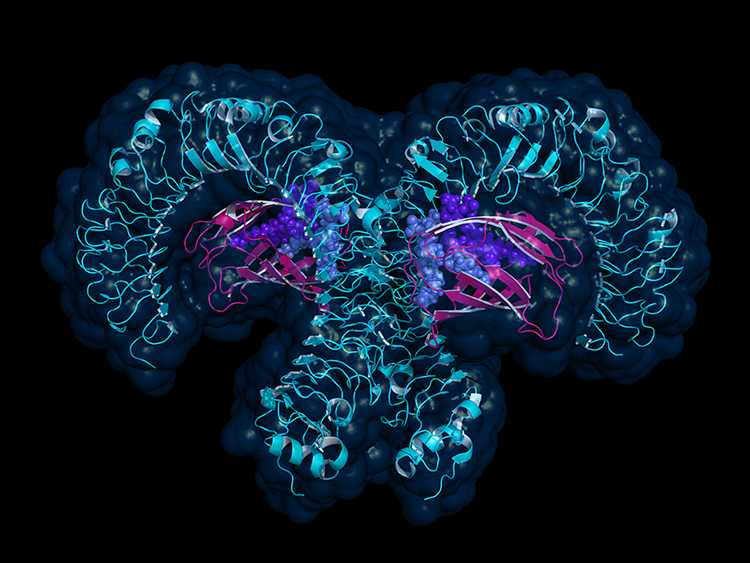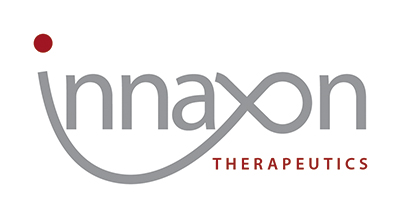
Innaxon Therapeutics is an early stage development company based at Science Creates in Bristol, United Kingdom.
Innaxon's in-house biopharmaceuticals Toll-like Receptor 4 (TLR4) agonists (Dendrophilin® and Novo-Pyrexal®) and in-licensed small molecule inhibitors (IAXO™ compounds) have been shown in proof-of-concept pre-clinical studies to treat cancer and prevent serious inflammatory diseases, respectively. Innaxon continuously seeks further partnerships with academic, pharmaceutical and clinical research centres to harness innate immunity for therapeutic benefit in the field of vaccine adjuvants immuno(chemo)therapy anti-inflammatory agents
